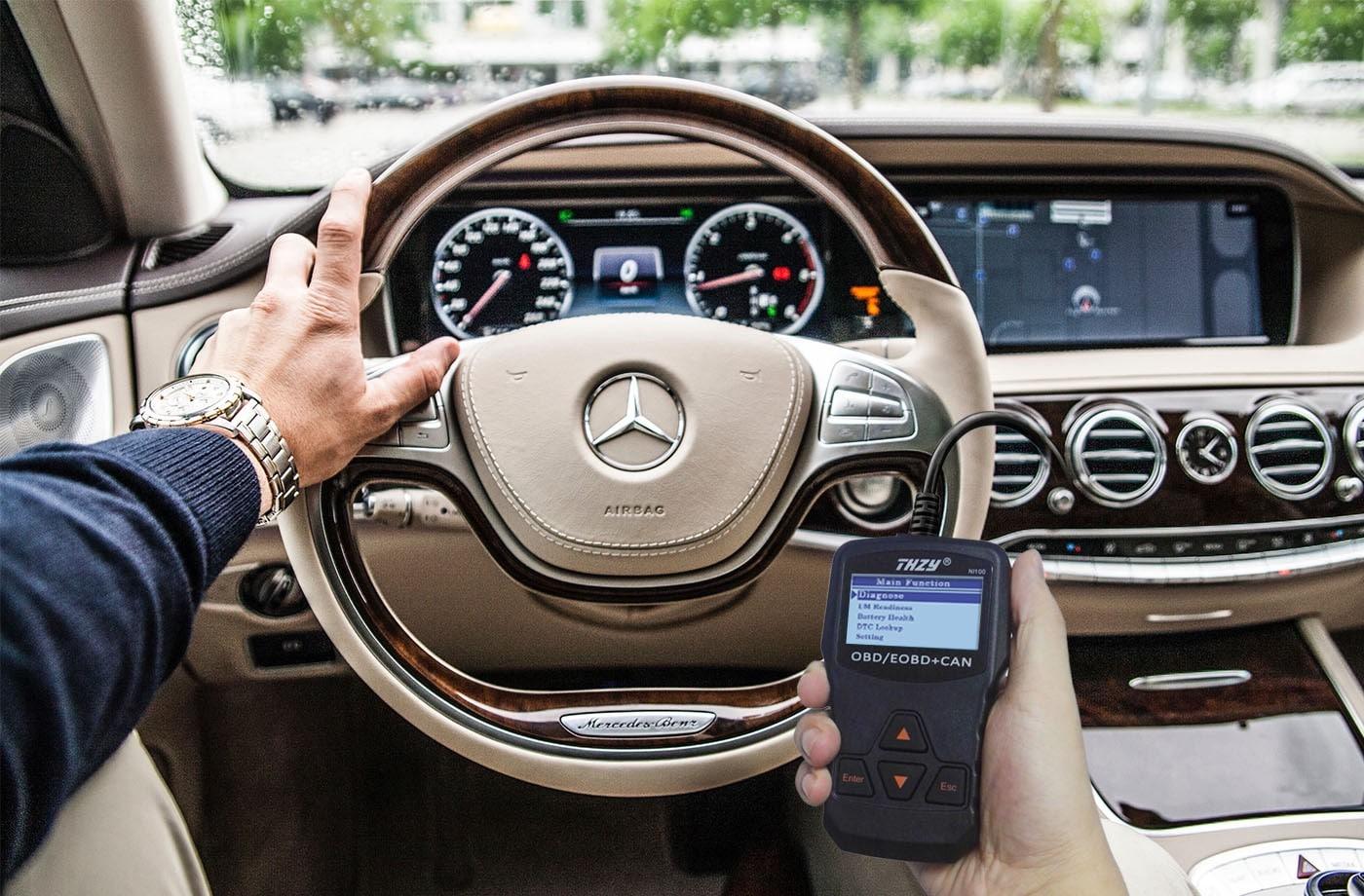If you’re new to the fascinating world of cars, its high-tech sounding jargons can be quite intimidating. Ever confused by four-, all-, front- and rear-wheel drive? And what the heck is Kinetic Energy Recovery System, among other complicated car terms?
Whether you’re just a regular car owner or a hardcore gear head, there are car terms you need to know. Here’s a carefully selected list of jargon, with everything clearly explained and comparison provided.
It covers not only common car terms but also is useful for you to select the right car for your purpose and to enjoy smooth and safe driving.

Contents
Engine and Transmission Layouts
You’ll often come across these common car terms “4WD”, “AWD”, “FWD” and “RWD”. These are abbreviations for four-, all-, front- and rear-wheel drive, referring to different types of engine and transmission layouts, also referred to as a car’s “drivetrain”.
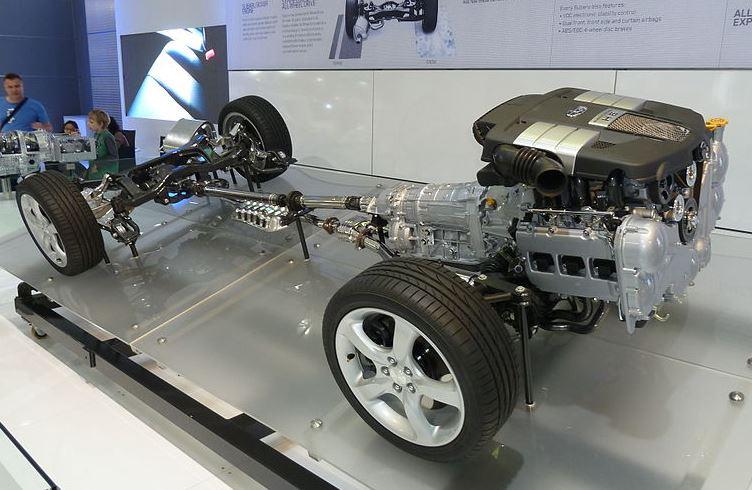
Each system has its own advantages and disadvantages, thus is used in certain driving situations to ensure safety and ease in controlling the vehicle. For instance, these systems will greatly affect how much fuel the car burns, or how the car performs on tough, uneven tracks.
1. 4WD – Four-Wheel Drive
Four-wheel drive and all-wheel drive are common features of modern crossovers and SUVs. These two car terms are incorrectly used interchangeably. In fact, they are considerably different, except for the general similarity is that all four wheels receive power from the engine.
Four-wheel drive is popular in trucks and SUVs such as Jeep Wrangler and the Toyota Land Cruiser, the heavy-duty vehicles meant for wilderness exploration on tough, bumpy or low-traction tracks.

Most 4WD systems are part-time systems that can be used when required and then disabled, putting the vehicle in two-wheel drive.
In a 4WD system, each wheel will spin at the same constant rate as all the others. This will better ensure the car’s stability and traction on slippery, tough and uneven ground when driving off-the-beaten-path.
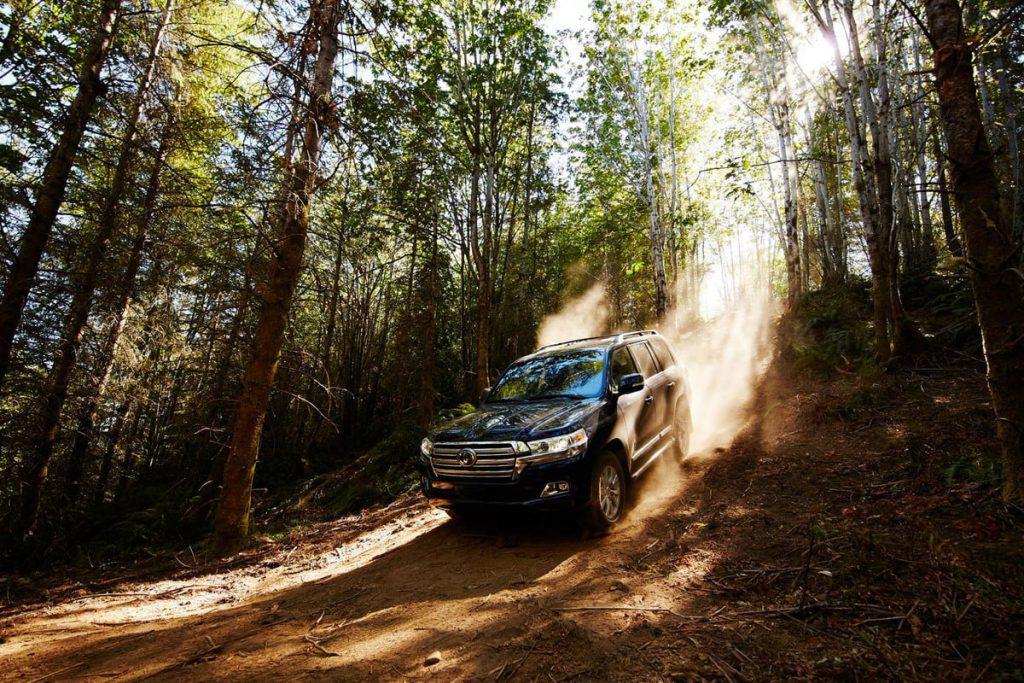
In contrast, using 4WD on regular roads is not ideal. For instance, when the 4WD car does a u-turn, the outside wheels have more ground to cover thus have to turn faster than the inside wheel, making the car hop or creating a rubbing noise when you approach full lock.
READ MORE:
2. AWD – All-Wheel-Drive
While 4WD is a part-time system which can be disabled, AWD is a full-time system that is “on” all the time. AWD is born much later than 4WD, is completely automated and commonly used in crossovers.
While in 4WD, each wheel receives equal power from the engine to maximize road traction, an AWD system either mechanically or electronically varies the amount of power sent to each wheel.

It can be found from the expensive Audi R8 and Mercedes-AMG E63 to the budget-friendly Subaru. It’s more complicated, but considerably more user-friendly.
Subaru’s ad campaign sums up the advantage of the AWD very well: “transfers power from the wheels that slip to the wheels that grip.” When there is a loss of traction, power from the engine is transferred away from the slipping wheels to the other wheels, helping the car quickly regain traction, thereby improving fuel economy.

READ MORE:
3. FWD – Front-Wheel Drive
While 4WD and AWD have been gaining popularity more recently, most cars on the roads typically have front-wheel drive, that is the engine’s power is transferred to the two front wheels only.
Front-wheel drive is a simpler system than all-wheel drive, thus it’s more user-friendly and less expensive. You’ll need to spend a few thousands dollars more to equip your car with the AWD. Most cars have FWD, which means this system works just fine.
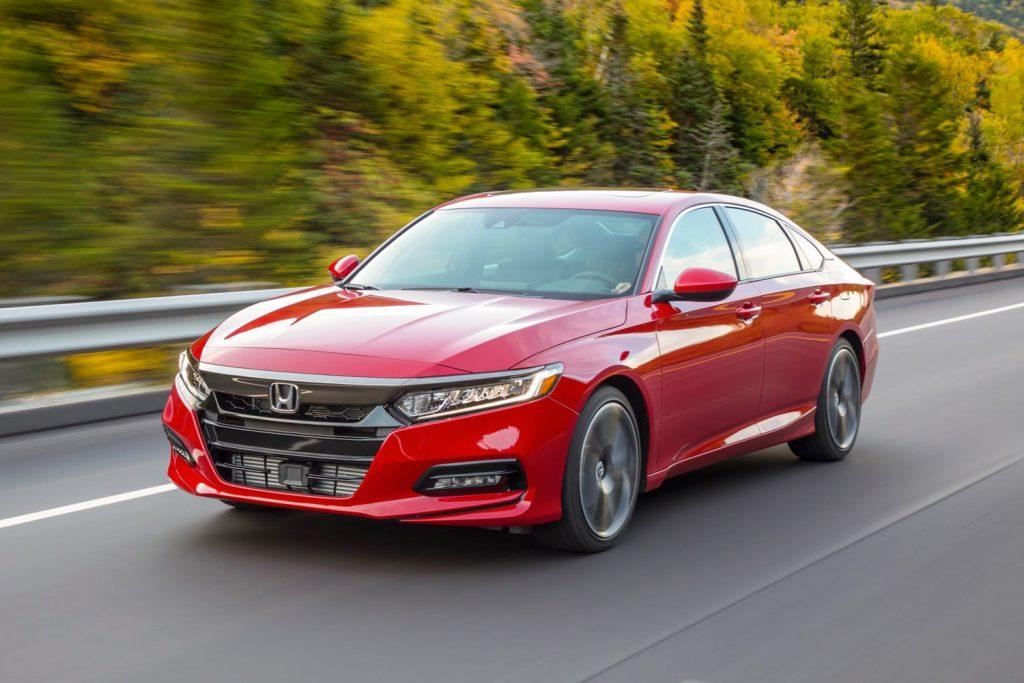
Since all the mechanics is located in the front of the car, a FWD car will be designed to offer more room for both front-seat and back-seat passengers. Plus there’s no transmission tunnels in the floor of the rear seats required for the AWD, which means considerably more leg room.
The second advantage of a FWD car is better traction when climbing uphill, since the power is all in the front wheels.
However, this also means lower traction compared to the AFW system in normal driving situations: if one of the two front wheels loses traction and slip, there is only one wheel left to find some grip.

FWD works just fine for dry driving conditions. With the introduction of modern traction control technology and the Anti-lock Braking System (read on to find out about “ABS”), FWD is performing better and better to work well in wet conditions and even light snow.
READ MORE:
4. RWD – Rear-Wheel-Drive
In short, rear-wheel drive is front-wheel drive in reverse. When you press on the gas pedal in a RWD vehicle, power is sent to the rear wheels, thus maximizing the car’s performance in acceleration. That is, the rear wheels provide force to move the car, while the front wheels decide its direction.

Even with modern technology that provide for better traction control, a RWD car is not as reliable in wet, slippery conditions compared to AWD.
5. SH-AWD – Super-Handling All-Wheel-Drive
This more recent system is developed by Honda and used in many Acura models including the TL, MDX and NSX. It is a full-time all–wheel drive system designed to achieve optimum traction and handling.
The SH-AWD system does this by using an electronically controlled clutch mechanism for the rear wheels. This mechanism can distribute extra power to the outside wheels, which have more ground to cover, when the car turns.
When the inside wheels loses traction, it will distribute more power to the outside wheels so they will gain more grip.
This means better traction, more stability and higher speed when cornering. This feature makes SH-AWD more ideal then the conventional AWD system in performance-oriented driving.
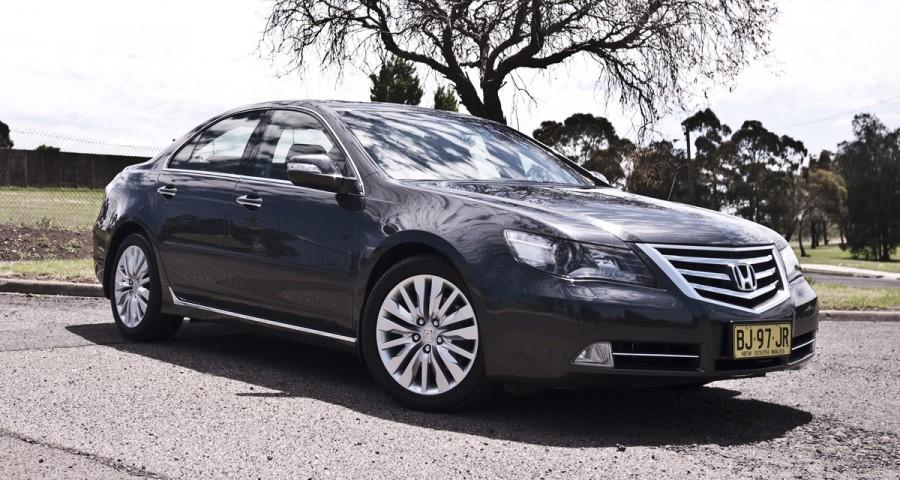
READ MORE: Honda Pilot Vs Acura MDX
Performance and safety have always been a priority in the automotive industry. In recent years, fuel economy and environmental friendliness have become a new area of focus. Below are some car terms you will come across referring to recent innovative technology designed to optimize fuel efficiency.
Efficiency Maximizing Technology
1. Kinetic Energy Recovery System (KERS)
Yet to be applied in mass production, KERS is a technology associated with the Formula One competition and designed to keep the game competitive and fun to watch. It converts the energy generated during braking into the kind of energy a car can use and stores it for use during acceleration.

READ MORE
2. Regenerative braking
Similar to KERS and used in hybrids and electric vehicles, this system captures energy created during braking and transfers it to the battery for use.
3. Start-stop
This car term is often associated with hybrids. The start-stop system automatically shuts down the engine when the car is not in motion and starts the engine again the moment the driver takes their foot off the brake pedal. This smart system considerably saves energy when the car is idling, stopping at a red light or waiting while parked.
Technology for Safer, Smoother Driving
1. Anti-locking braking system (ABS)
This automated safety system keeps a car’s wheels rotating during abrupt braking, thus avoiding uncontrollable wheel skidding, which will result in the driver losing control of the car.

2. All-Wheel Steering
This system allows the rear wheels to turn in the same direction as the front wheels, thus improving handling. Taking this concept further in application is Acura’s RLX sedan featuring a Precision All-Wheel Steering system, which allows the wheels to point inward to improve braking.
3. Blind spot monitoring
This technology can scan a car’s blind spot for other cars, which is especially useful when turning. If another car is present in the blindspot, a visual or audible warning will notify the driver.
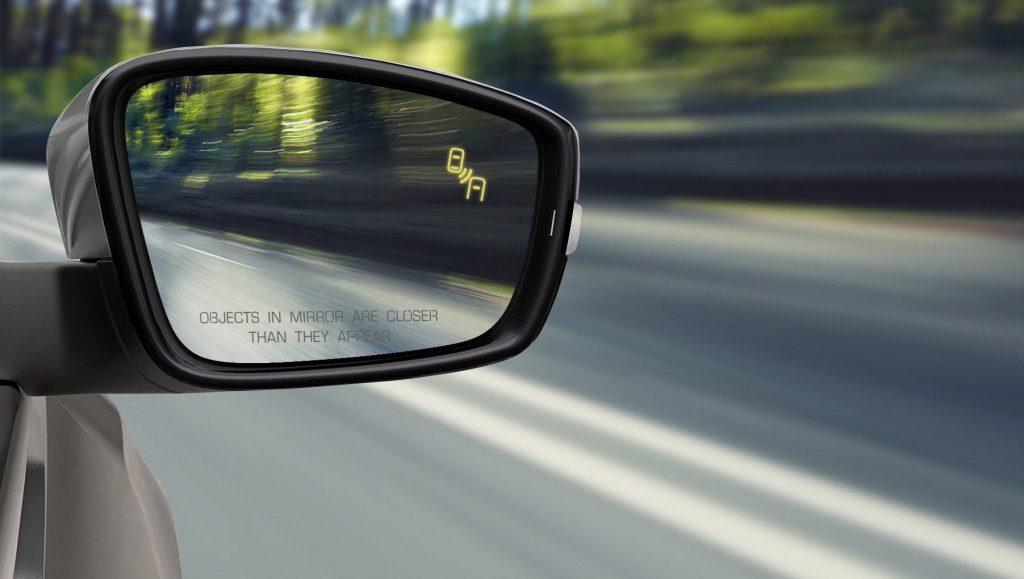
4. Differential
The common car term “differential” refers to a set of gears that allows the four wheels to rotate at different speeds by splitting the engine torque. This feature is extremely important when turning as the outer wheels have to rotate faster than the inner wheels to cover more ground in the same time.
In order for the engine to distribute different amounts of power to different wheels, a car needs two extra components: the differential and the driveshaft.
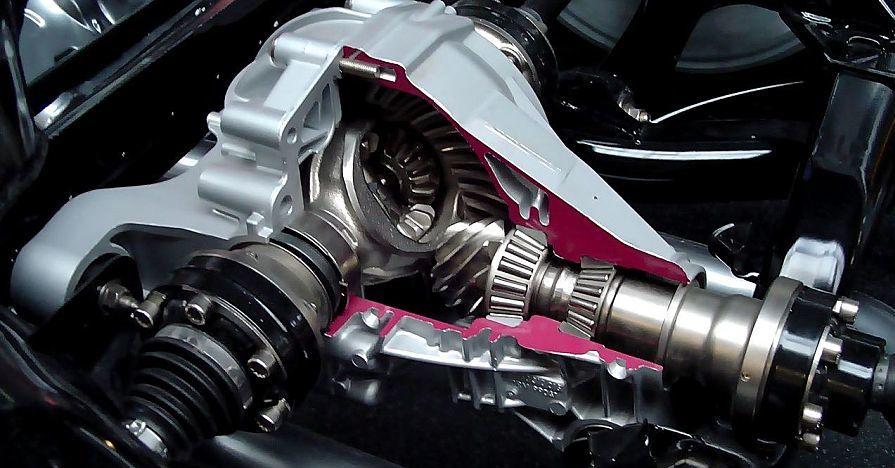
The front differential is located between the two front wheels and serves to distribute the engine’s power to the front wheels. Similarly, the rear differential is located between the two rear wheels and serves to distribute the engine’s power to the rear wheels.
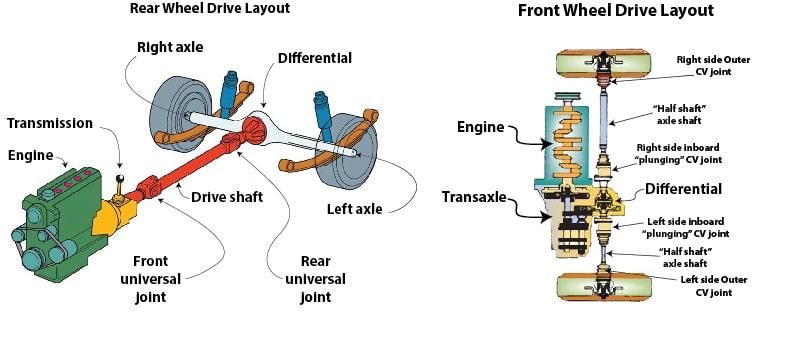
As the engine is located in the front of the car, far away from the rear wheels, engine’s power must be transferred to the rear differential through the driveshaft. This driveshaft connects the engine with the rear differential.
In general, a driveshaft is a mechanical part used to connect other components of the system that cannot be connected directly due to distance or other reasons.
READ MORE:
- Why Is There Only One Gear In Electric Vehicles?
- When To Shift Gears To Expect An Impressive Fuel Economy?
5. Limited Slip Differential
In wet and slippery conditions, this differential system can reduce engine’s power sent to the wheel that is slipping or is raised off the ground and increase the power sent to the other wheels with traction. This helps the car quickly regain stability and also reduce the wear and tear on tires.
In the case of standard differentials, if one wheel is raised off the ground it will spin while the wheels in contact with the ground will remain stationary.
If you want to check whether your car has limited slip differential, jack it up and spin one of the rear wheels. If the other wheels rotate in the same direction, your car has LSD.
6. Electronic Stability Control
Electronic stability control (ESC), also referred to as electronic stability program (ESP) or dynamic stability control (DSC), is a computerized system designed to maintain a car’s stability.
This technology is very useful in situations of extreme maneuver, like avoiding a crash or when a driver has underestimated the sharpness of a curve.
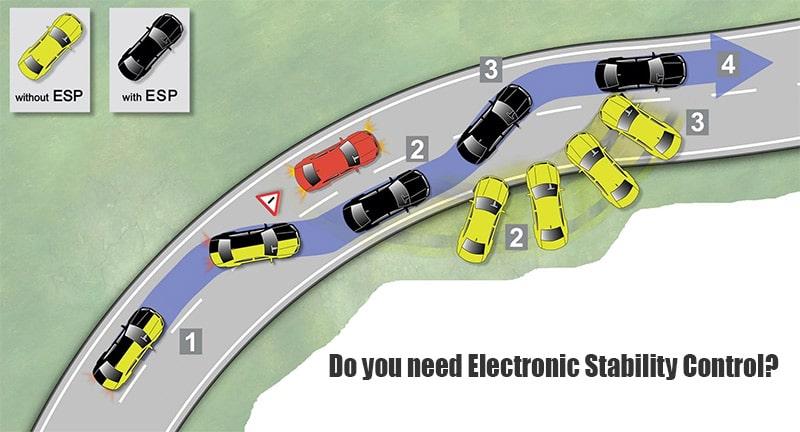
It can detect and reduce loss of traction in strenuous driving conditions by numerous measures. Some ESC system can reduce the engine’s power once it detects low traction until the car regains stability.
7. OBD II
ODB II is among the more modern car terms. This on-board diagnostics is an industry-standard port found in modern vehicles that provides access to data from the engine control unit (ECU). You can plug diagnostic equipment into the ODB II port to know how your car is doing.
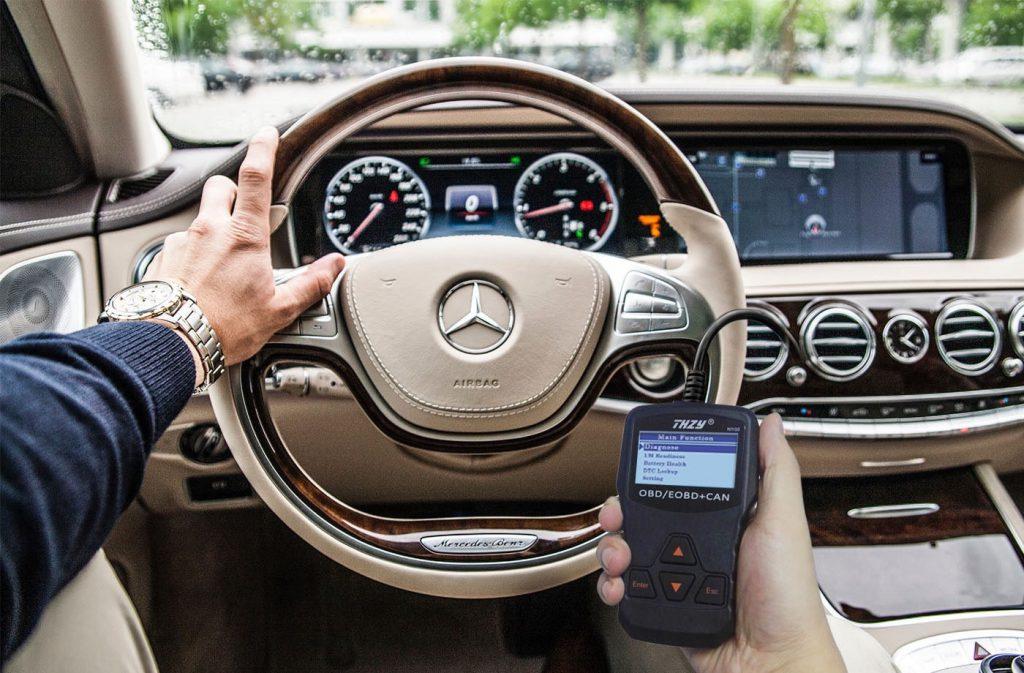
This port is utilized by many app makers for automotive diagnostic and performance review apps.
Bonus Car Terms
Donut
A “donut” is the small spare tire that is usually stored in the trunk. Now this term is pretty self-explanatory.
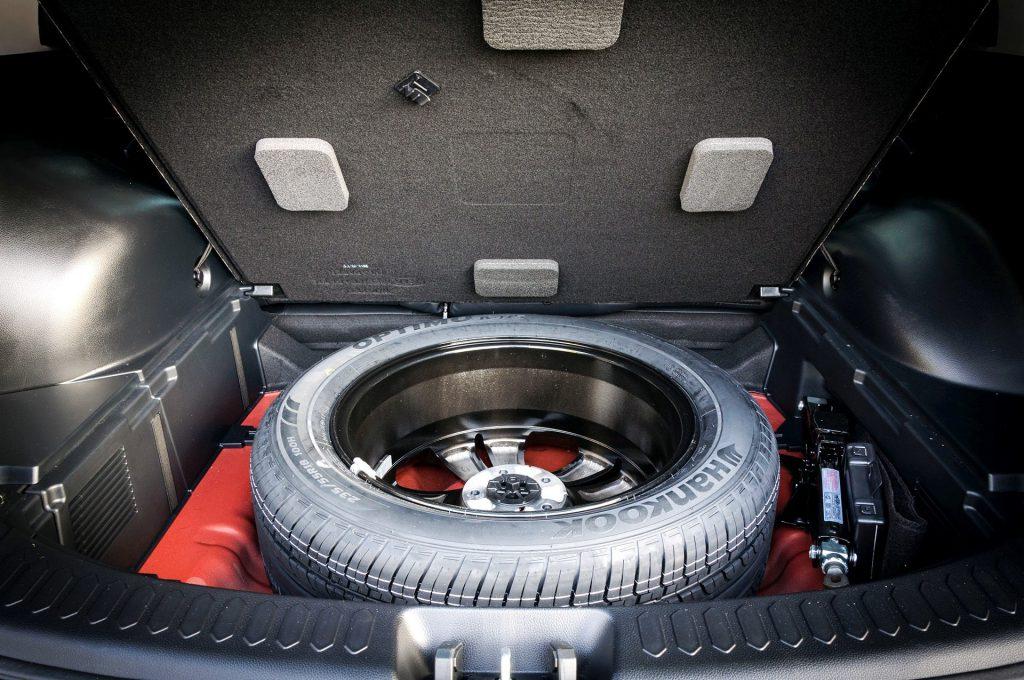
The world of cars is vast, complex and jaw-dropping innovative. With the ceaseless advent of technology in the automotive industry, we can expect continuous developments and the introduction of newer, better technology, systems, parts, tools and gadgets that will make driving cooler, safer and more enjoyable.
We hope this 2024-ready list of car terms was both informative and interesting to you, whether you’re just a car owner or a hardcore gear head.
Solidify your knowledge and skills behind the wheels with our helpful tips every car owner should know as well as easy-to-follow DIY maintenance tips.

